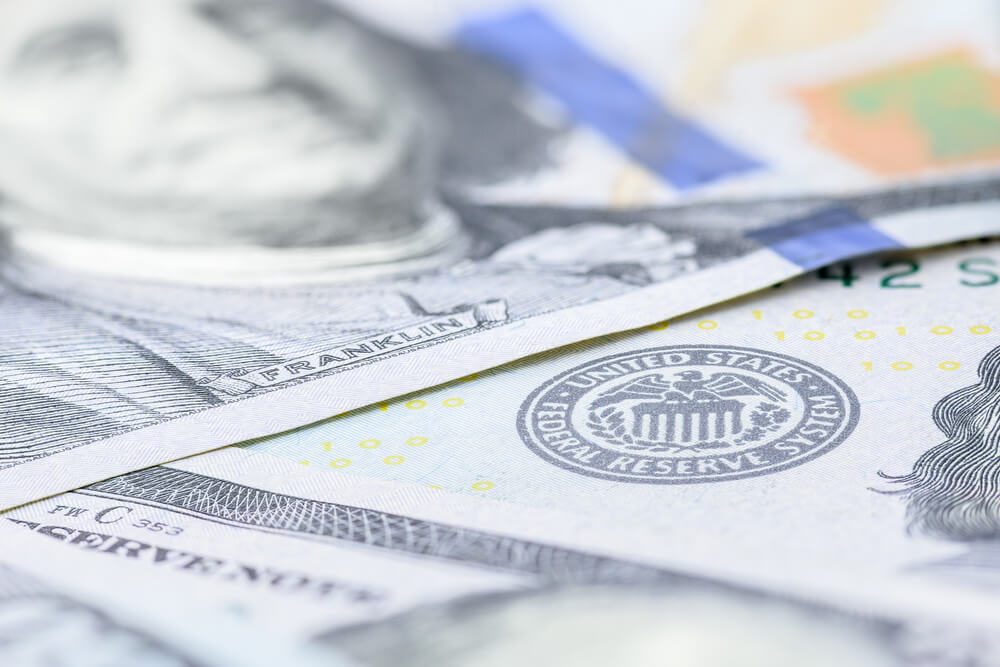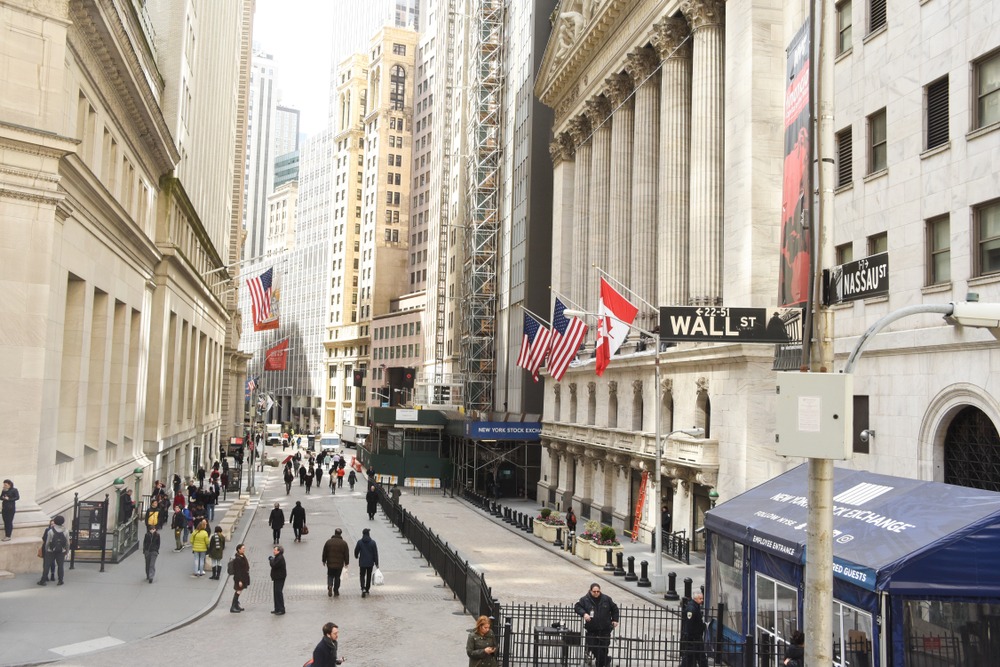The dollar eased on Friday. However, it remained on track for its largest weekly gain in a month after Federal Reserve officials reaffirmed their intention to raise rates. Interest rates are higher than expected in the market right now.
On Thursday, the U.S. Dollar (USD) benefited from a risk-averse market mood. The Dollar Index closed up modestly higher for the day. The USD is struggling to maintain its strength as the benchmark 10-year U.S. Treasury bond yield edges lower, and market sentiment improves early Friday. Christine Lagarde, the head of the European Central Bank, is set to speak at 0830 GMT. Later today, the U.S. economic calendar will include data on existing home sales. Market participants will pay close attention to central bankers’ comments before the weekend.
Housing Starts and Building Permits fell by 4.2% and 2.4%, respectively, in October, according to figures from the United States, indicating the negative influence of the Federal Reserve’s (Fed) tightening on the housing sector for investors.
Even on dovish assumptions, Fed President James Bullard of St Louis said that the fund’s rate must climb to at least 5-5.25% to control inflation, from 3.75-4% now. Minneapolis Federal Reserve Bank President Neel Kashkari remarked that it is unknown how much the Fed will have to boost the policy rate to lower inflation by curtailing demand via higher debt rates. Despite a more than 2% rise in the 10-year US T-bond yield on Thursday, it lost traction and was last seen at around 3.75%.
Dollar movements against other currencies
After a volatile session on Thursday in the aftermath of Britain’s budget for tax increases and spending cuts, the currency dropped against the pound. The euro climbed to $1.0373 versus the dollar, while the pound increased to $1.19105 against the dollar. Since consumer inflation data suggested a slowing in the United States, both have reached multi-month highs versus the dollar. According to I.G. strategist Josh Mahony, even though this optimism looks misplaced.
The Australian dollar climbed to $0.6712, the highest level since February. In contrast, the New Zealand dollar rebounded 0.8% to $0.6182 in advance of next week’s central bank meeting, when rates might rise by up to 75 basis points.
The dollar index dipped 0.1% to 106.75 against the yen, which fell to 139.85. The minor miss on U.S. economic data is still up 0.3% this week, reversing much of last week’s 4% fall. Inflation caused one of the most significant weekly depreciation in decades.
















